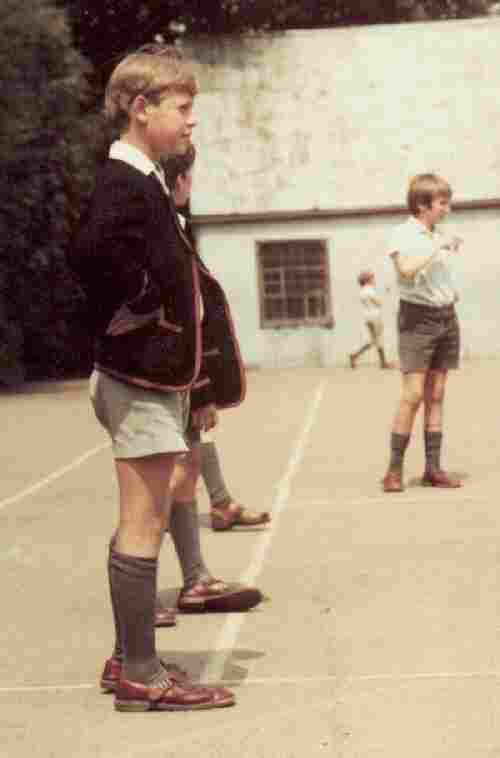
Figure 1.--This prep school boy wears a sandal that looks very much like ashoe, except that it has a strap rather than laces. Click om the image for a close up of his sandals. |

|
The most common type of school sandal was what Americans would refer to as strap shoes with a "T" bar strap. Another less common type was double bar sandals. A new style appeared in the 1960s. The width of the center stap was increased. At first it was only increased to an inch or less. Eventually became so wide that the school sandal came to look much like a shoe. This style became much more popular with the boys than the traditional style which the narrow center piece that the girls continued to wear. While the "T" strap design was the primary desisn for school sandals, some boys also wore the two bar design. It was not vet popular, however, as many boys considered it a girls' style. Beyond these basic styles, there were many variations. Some sandals had various types of perferations to increase ventilation. They also came with a wide avariety of soles, including some that left animal tracks.
The most common type of school sandal was what Americans would refer to as strap shoes with a "T" bar strap. Another less common type was double bar sandals. Most British boys, however, wore the single bar "T" strap style. These closed-toe sandals were so commonly weorn to school that they became called school sandals. As far as I know there were no separate terms for the school sandals with the wider cebter strap.
We notice three basic variations for the three mahor types of single-bar "t"-strap school sandal. The classic style of school sandal was commonly worn by British school boys from the 1920s through the 1960s. Only in the 1970s did the new style with the wider center strap appear. While the style for boys began to change in the 1960s, the most pipular style for girls continued to be the narrow cenrter strap style. Not only did the style for boys begin to change in the 1960s, but older boys increasingly objected to wearing them. While they continued to be acceptavle in elementary school, most boys in seconary school wanted proper shoes. The center strap of medium length appeared in the 1960s and proved to be increasingly popular in the 1970s. At first it was only increased to an inch or less. It proved to be especially popular with the boys who generally preferred to wear shoes that were different from those worn bvy the girls. The width of the center stap was increased to an eveb greater width in the 1970s. The center strap of the shoe on some styles was increased beyond 1 inch. Eventually the center strap became so wide that the school sandal came to look much like a shoe, except for a very narrow slit at the side. This style became much more popular with the boys than the traditional style which the narrow center piece that the girls continued to wear.
Navigate the Boys' Historical Clothing School Sandal Pages:
[Return to the Main school sandal page]
[England]
[France]
[Ireland]
Navigate the Boys' Historical Clothing Web Site:
[Introduction]
[Activities]
[Biographies]
[Chronology]
[Cloth and textiles]
[Garments]
[Countries]
[Topics]
[Bibliographies]
[Contributions]
[FAQs]
[Glossaries]
[Images]
[Links]
[Registration]
[Tools]
[Boys' Clothing Home]
